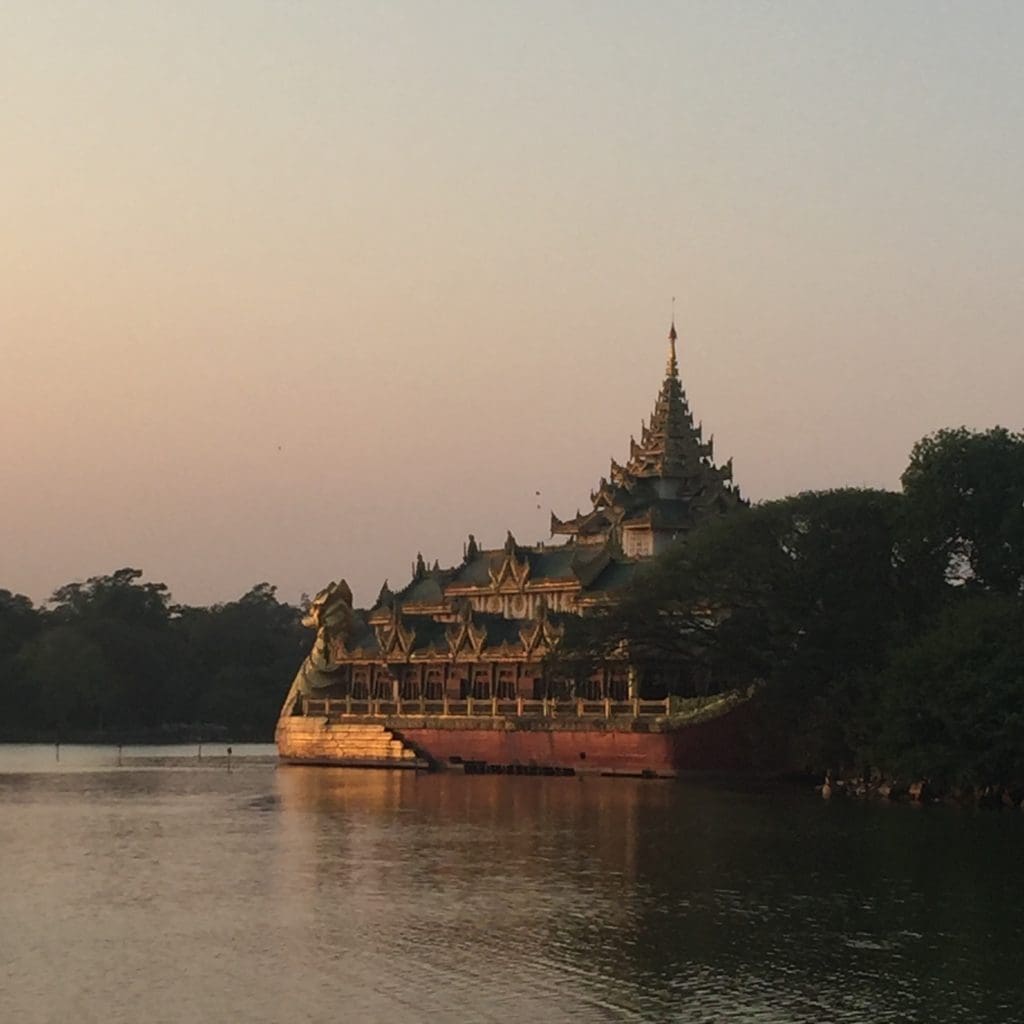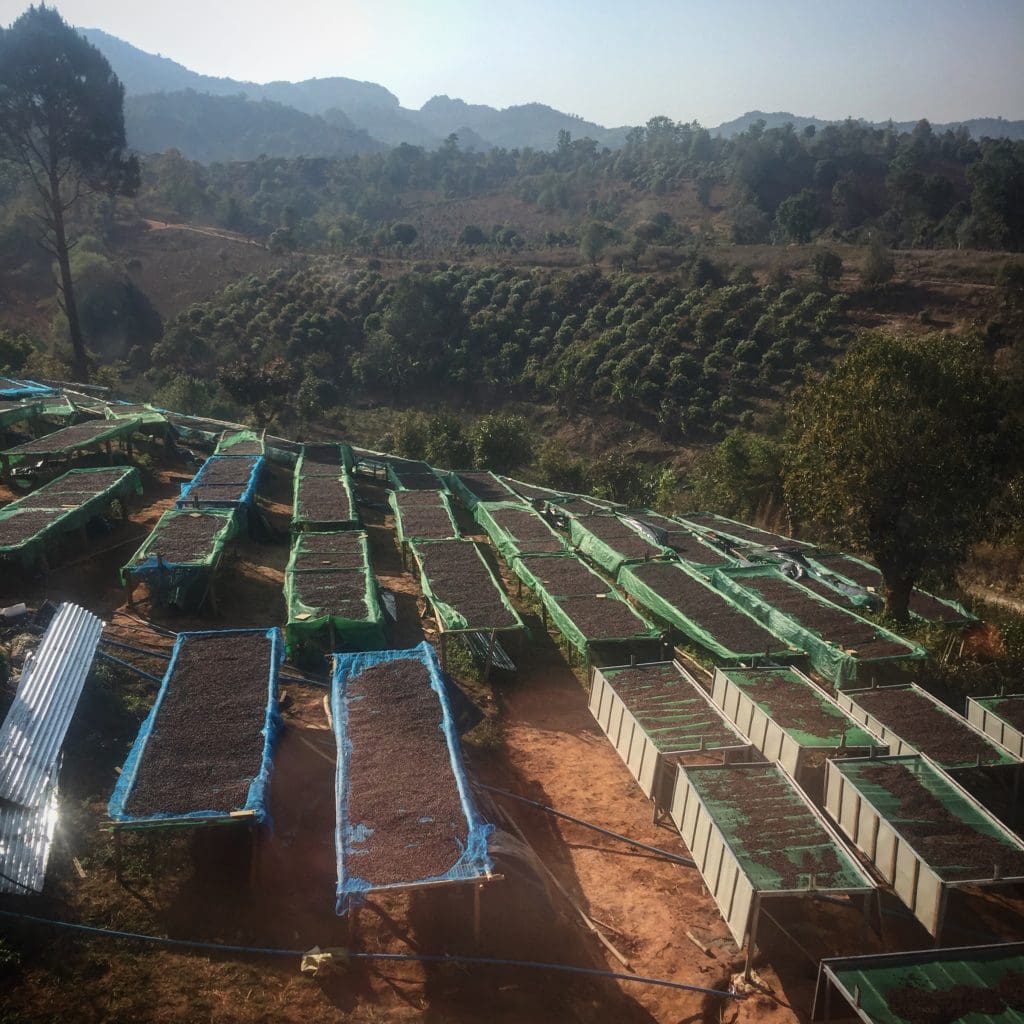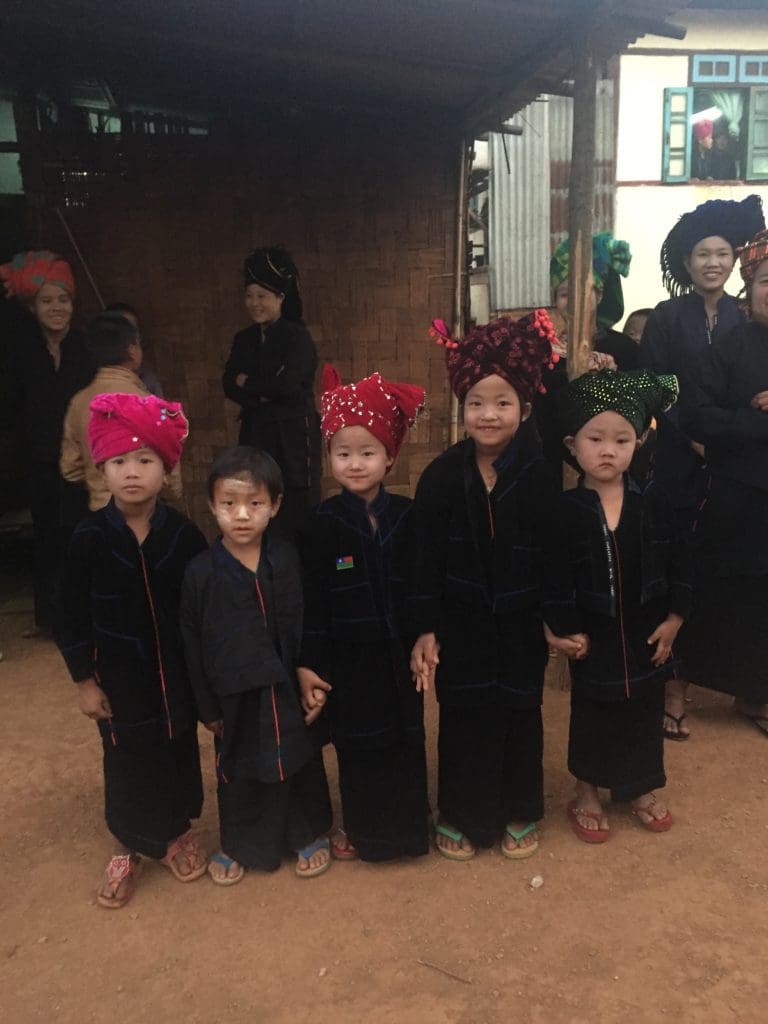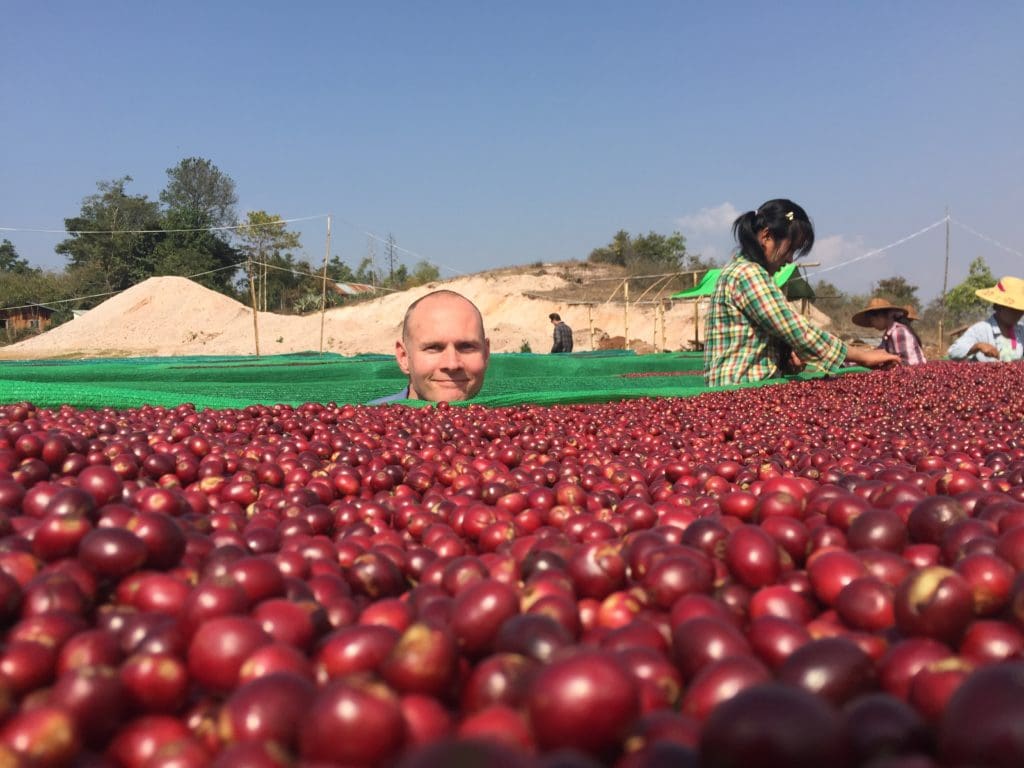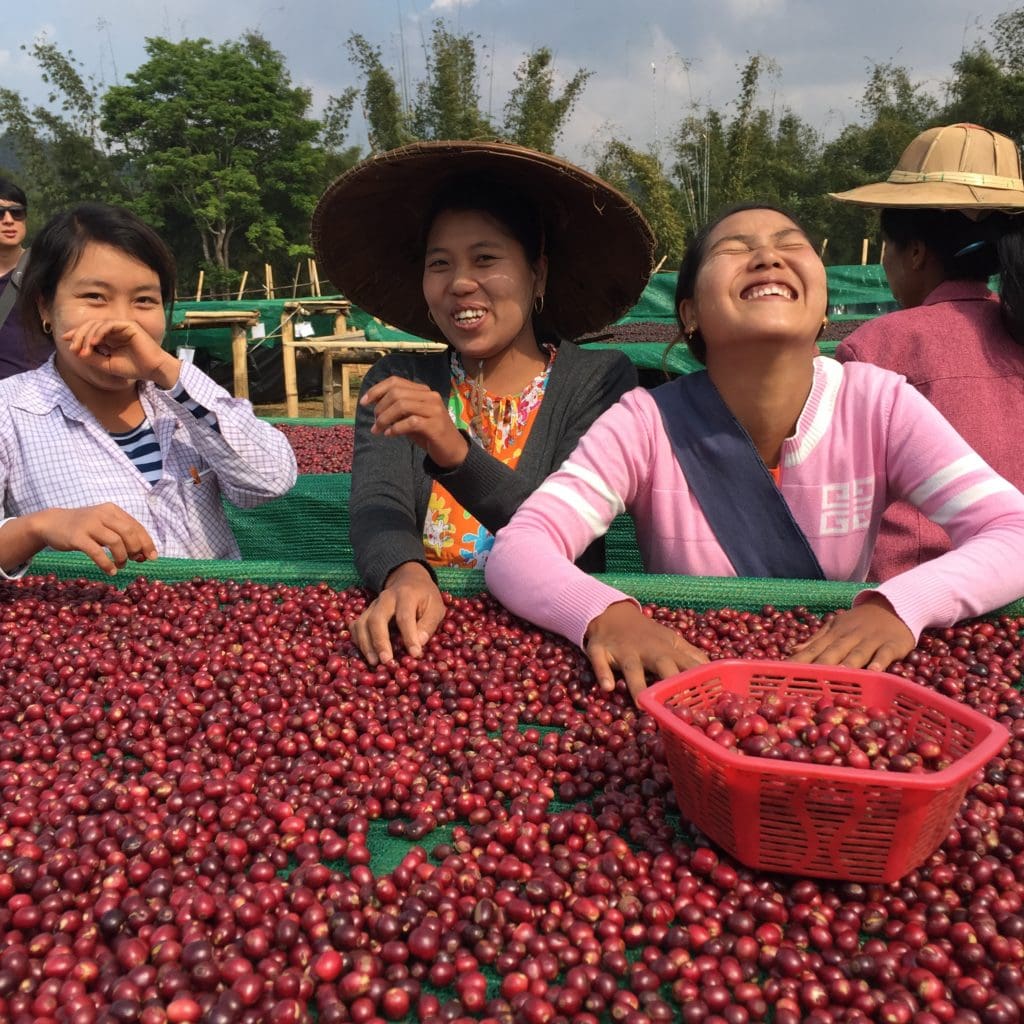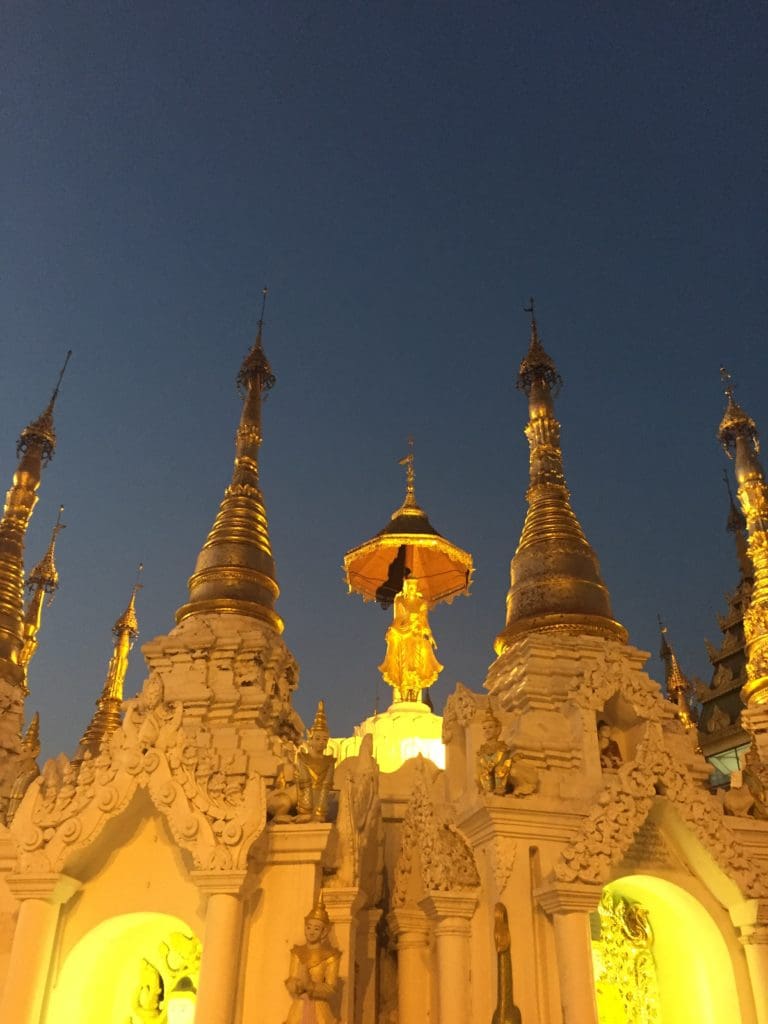In 2016 Atlas had the honor of bringing in the first-ever containers of Myanmar specialty Arabica micro-lots to the North American market. The success of those amazing coffees was a tribute to the hard work of the coffee growers in Myanmar, and to everyone involved in the USAID-funded project that launched the Myanmar coffee growers on this path. It took a global village – involving Winrock International, CQI, numerous consultants and extensive public-private collaboration - but the results were outstanding. Atlas was a part of the project from the very early stages, having made four trips to Myanmar prior to purchasing the entire first season’s production of specialty micro lots. This year, I had the pleasure of returning with a group of growers to see how things are coming along for the 2017 crop.
Our first stop, after flying from Yangon to Shan State, was with the Lilypad group. Lilypad is an organization founded and run by Melanie Edwards, an American who has lived in Myanmar for the last fifteen years. She coordinates coffee projects in several Shan State villages, including Pin Laung, Ta Ngo, and War Lee, as part of an overall program to bring economic opportunity to these remote Pa-O villages. The coffee-growing villages are at higher elevation than Nyaung Shwe, but during our visit to the Lilypad headquarters we got to see some of the other great businesses these communities have undertaken, including pig farming, nutritional supplements, and building affordable water filters. The visit really highlighted the industriousness and business acumen of the groups we’re working with in Myanmar.
Our first coffee community visit was to Ta Ngo, where we saw the site of the soon-to-arrive washing station and mill. The hope is that within the next year the communities in the Lilypad family of producers will be milling and exporting their own coffee. We congratulated the villagers for last year’s success, and thanked them for all their hard work. After all the speechifying we headed up to their newly-built cupping room, and ran through a variety pf new crop samples. The results were outstanding, and the coffees showed the same bright, clean profile as last year’s (remarkable for naturals) along with even more sweetness and complexity than we’d seen from the 2016 lots.
Ywa Ngan area – Lay Ywar, Mya Ze Di, Hta Min Paung, Pway Na Phar, Kyauk Ku Pyin
The next morning, a long drive took us to the Danu community of Lay Ywar, one of the villages we purchased coffee from last year. The 180 Danu farmers here grow mostly Catuai, at an average elevation of 1,245 masl. The coffee performed very well in the cupping this year, bright and juicy with notes of red grape and cranberry. It was nice to hear that they plan to more than double their production from last year. It was even more encouraging to see the improvements made in the community. They’ve put in many more drying beds, and the cherry we saw on the tables was stunningly perfect in its ripeness.
Next, we headed to Mya ze Di, where a group of 150 Danu and Pa-O families are producing about 4 tons of dried naturals for shipment this year. The community welcomed us with its usual warmth, and we took a walk past drying beds full of pristine coffee cherry, and through their heavily-shaded communal coffee garden full of healthy Catuai. This year’s sample featured some great stone fruit tones, and a nectar-like sweetness and viscosity.
Our next community visit was to Hta Min Paung. Located at 1,229 masl, just fifteen minutes outside Ywa Ngan, this village built its drying beds at the foot of the community’s pagoda. They grow their coffee under a broad canopy of mixed trees, and raise cows, chickens and pigs along with a variety of other cash crops including beans, ginger and charote. Although the coffee trees were ravaged by hail this year, they hope to produce 1 ton of coffee. On the table the Hta Min Paung coffees showed some lovely blackcurrant, sweet spice, and lush, dark fruit.
In the Pway Na Phar community, we checked in with a community leader named Ma Mya Hnin, who has embraced every teaching opportunity offered by the project coordinators, and helped guide the community in the picking and processing of some excellent coffees. Pway Na Phar growers planted only Catuai, and their coffee comes through on the table with apple cider acidity and a bold red wine character. Ma Mya Hnin explained that she sees specialty coffee as an opportunity to improve her family’s situation, and during our conversation she outlined exactly what her goals are, and how the profit from coffee sales will help her hit various milestones.
Our final stop of the day was in Kauk Ku Pyin, where 400 Danu families grow Catuai coffee at an elevation of 1,356 masl. Their coffee was one of the brightest and most citric naturals I’ve cupped, and like all the others it was remarkably clean. While we met with the women and men driving specialty coffee production, a woman arrived on foot carrying a bag and a basket of pristinely-ripe coffee cherry. She was not a tall person, and it looked like a lot of coffee on her back. We weighed it, and found out she’d carried 110 pounds of coffee for fifteen minutes to get there. We were all humbled to consider the effort it takes to produce every single pound of coffee that comes out of these communities.
The rest of our community visits in the Ywa Ngan area centered around the Amayar group, which was formed by Su Su Aung, a remarkably organized and entrepreneurial Danu woman. She had been buying coffee cherry for years, and selling it to the informal cross-border market into China, until several years ago she decided to grow and process her own coffee. Since then, she has done a fantastic job of driving a focus on quality, and organizing groups of women in the Ywa Ngan area to create one of the strongest producer groups in Shan State. This year she’s taken the next step, and is producing both washed and natural coffee, with a wet mill facility set for build-out this year. On the table, the coffees from the Amayar producers were remarkable for their complexity, sweetness, and fantastic clean character.
After several great community visits and the inspiring stop at the Amayar facility, we enjoyed a delicious meal at the home of Su Su Aung’s aunt, back in Ywa Ngan. It was the perfect conclusion to our time in Shan State.
Pyin Oo Lwin – MCG, Moe Htet, Green Land, Blue Mountain
The balance of our trip was spent in and around Pyin Oo Lwin, the hill station city in Mandalay where the Myanmar Coffee Group (MCG) has its amazing new cupping room and dry mill, and where the most prominent estates in Myanmar are located. We cupped more than two dozen coffees during our time at the MCG mill, and marveled at the quality and consistency of the coffees, most of which were washed. When we visited several estates – Moe Htet, Green Land, Blue Mountain – we understood how they managed it. As was typical of my experience in Myanmar, they were all run with tremendous care and a sharp eye for the details that make the difference between producing a good coffee and producing a great one.
This trip showed that Myanmar’s successful step onto the world coffee stage was no fluke. Buoyed by last year’s success, the growers have upped their game yet again, and have produced coffees that deserve a place in every great specialty line up. What is particularly striking is the cleanliness and consistency of the natural coffees produced here. They are unique in their combination of citrus and berry acidity, and in many cases offer the best of what natural process and washed process coffees have to offer. Best of all, we have had a tremendous experience working with the communities and all the players in the Myanmar coffee supply chain. Great people producing excellent coffee. This is what specialty coffee is all about!
We’re hoping to see samples in the next six weeks, so stay tuned for more updates. In the meantime, for some nitty-gritty details on the communities you can follow this link.
